boat
Latest

Jeff Bezos will have Rotterdam dismantle a bridge so his superyacht can pass through
Jeff Bezos' upcoming superyacht is so big the city of Rotterdam has agreed to temporarily dismantle part of a historic bridge to let it through.
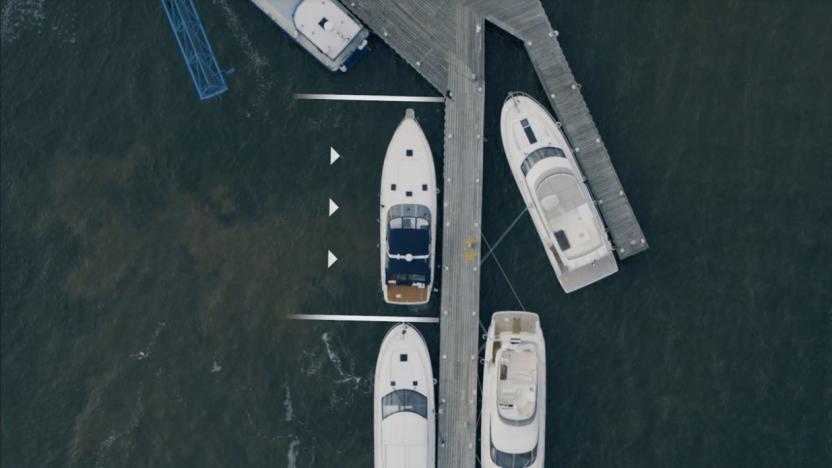
Volvo’s self-docking boat tech is now a reality
The technology makes continuous adjustments to the boat's position, enabling it to travel in tight, straight lines.
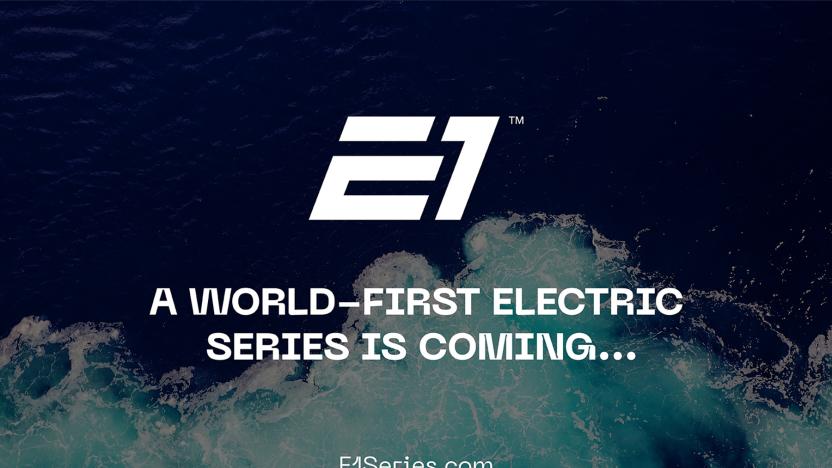
E1 is like Formula E, but with boats
Today, Formula E and Extreme E founder Alejandro Agag unveiled E1, a competition that will revolve around battery-powered boats. E1 competitors will use RaceBirds, a single-person vessel developed by SeaBird Technologies, that uses electric propulsion and a hydrofoil to reach speeds up 60 knots, or 111KMH/69MPH. E1 will be run “in direct association” with Extreme E, according to the competition’s organizers.

Uber still can't have cars in London, but it's buying a ferry on the Thames
Uber plans to rebrand London's Thames Clipper commuter service Uber Boat.
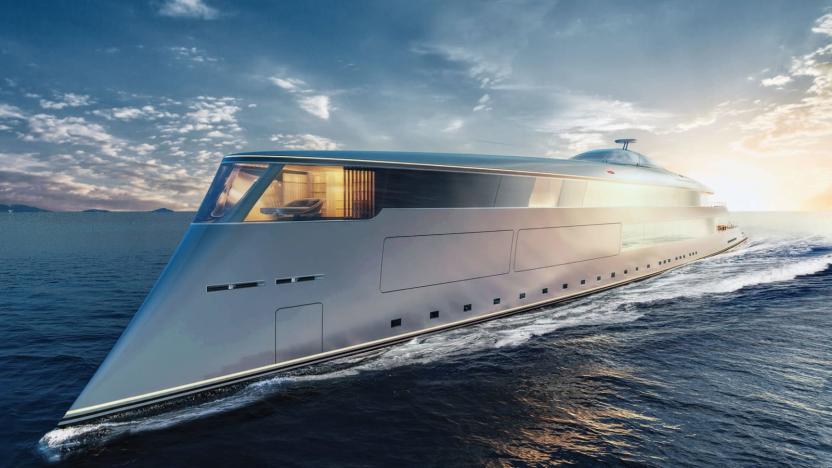
Bill Gates is reportedly the first to buy a hydrogen-powered 'superyacht' (updated)
Bill Gates' investments in eco-friendly tech might include one of the more conspicuous symbols of his wealth. The Telegraph claims former Microsoft chief has tasked Feadship with building a vessel inspired by Sinot's Aqua, the world's first hydrogen fuel cell-based "superyacht." The roughly $644 million, 370-foot boat would have all the trappings of wealth, including five decks, space for 14 guests and 31 crew members and even a gym, but it would run on two 1MW motors fuelled by supercooled hydrogen tanks.

US Navy will scrap touchscreen controls on its destroyers
The US military normally embraces technology whenever possible. This time, however, it's taking a conspicuous step back. The Navy will ditch touchscreens on destroyers within the next 18 to 24 months, reverting instead to conventional helm controls and physical throttles. The decision came in response to feedback from the fleet after an investigation into the USS John S. McCain's collision in 2017, which killed 10 Navy sailors. The report found that the warship's complex touchscreen interface and poor training played a role in the crash with a Liberian-flagged vessel.

Autonomous 'roboats' can assemble into floating structures
Autonomous boats might soon do a favor for people who have no intention of charting a course. Researchers at MIT and AMS Institute have developed a new version of their 'Roboat' that can identify and latch on to fellow robots to form different structures, whether it's a foot bridge, a garbage collector or a stage for a concert. The boats use cameras, lidar and computer vision algorithms to look for fellow bots with QR-like tags (to help determine their relative position), and then position themselves for docking on command. They also know to try again if there's a botched attempt.
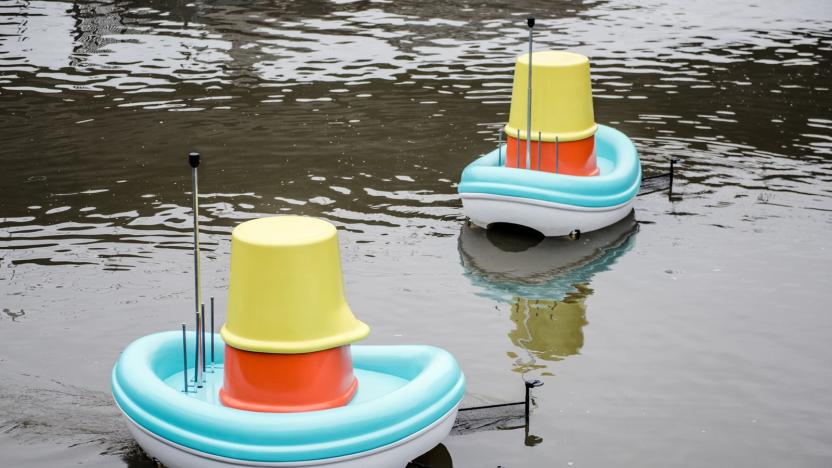
IKEA's super-sized bath toys collect trash on the water
IKEA's latest effort to improve its environmental footprint has taken a decidedly aquatic bent. The company has designed a remote-controlled boat, the Good Ship IKEA, that clears trash from the water. It may look cutesy (it's modeled after the SMÅKRYP bath toy), but it's very much functional. They use environmental cleanup boat technology that can collect up to 44lbs of debris at a time -- a small fleet could keep a river relatively pristine. Like some aerial drones, the remote control provides a first-person view thanks to a camera.

Navy backs 'omniphobic' coatings to help ships travel farther
Researchers have already explored the idea of using water-repellent ship coatings that let ships travel faster and farther. The US Navy, however, is taking things a step further. It's backing University of Michigan work on an "omniphobic" coating that shrugs off virtually any liquid (it'll even fend off peanut butter) while lasting for a long time. Ships could theoretically glide through the water without nearly as much friction as ordinary vessels, consuming less fuel and traveling longer.

Volvo builds a self-docking yacht
There are plenty of things that can go wrong when you dock a boat, and if they do, the consequences can be expensive. It's a problem that Volvo Penta claims to have solved after building a "self-docking yacht" that can park itself in spaces no sailor would contemplate. The Volvo subsidiary, which makes engine and maritime gear, is designed to navigate a vessel while taking into account the environmental conditions.
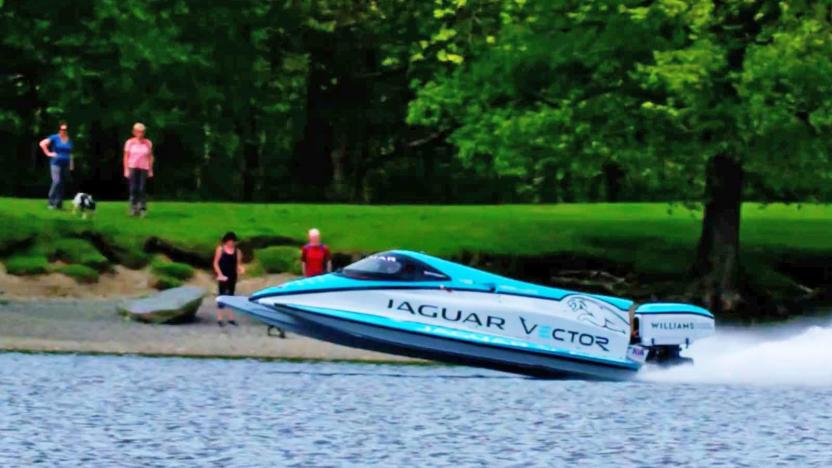
Jaguar breaks the world's electric boat speed record
You frequently see car manufacturers trying to break electric speed records on land, but where are the boats? Don't worry -- Jaguar, Vector and Williams feel the need for nautical speed. The trio have broken both the world and UK speed records with the Jaguar Vector Racing V20E, reaching an average speed of 88.61MPH on England's Coniston Water. While that may not sound fast, that's nearly 12MPH faster than the previous best, set all the way back in 2008.
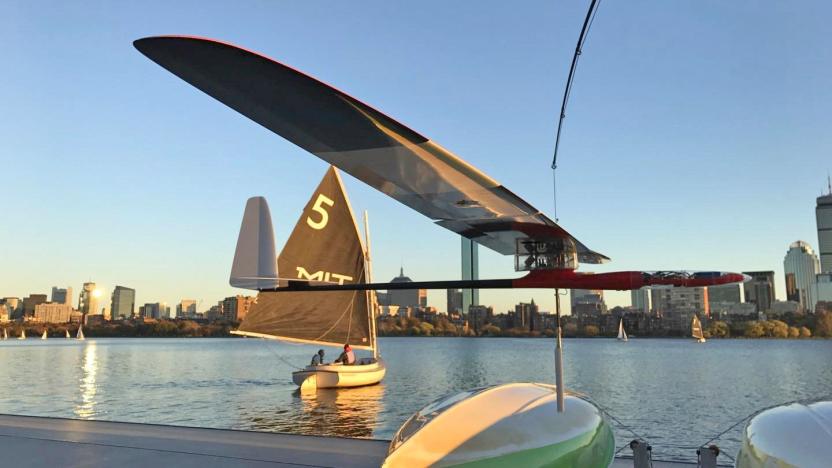
MIT's autonomous drone is equal parts albatross and sailboat
"The oceans remain vastly under-monitored," said Gabriel Bousquet, an MIT postdoc who led the design of a unique robot as part of his graduate thesis. "In particular, it's very important to understand the Southern Ocean and how it is interacting with climate change. But it's very hard to get there." Bousquet and his team designed a hybrid vehicle that can both fly above tumultuous seas and sail on them when things are calmer. The vehicle uses one-third as much wind as an albatross would and travels ten times faster than a typical sailboat, making for a very efficient way to survey the vast areas of the planet's seas.
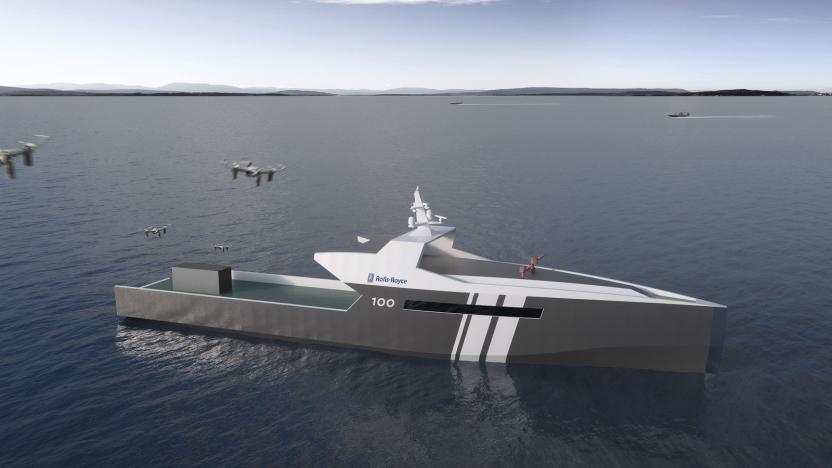
Rolls-Royce unveils plans for an autonomous patrol ship
Patrol ships are necessary to protect coastlines and fleets, but they're far from ideal right now. You need big, bulky vessels, and the human crews are either faced with the tedium of an uneventful trip (if they're lucky) or threats that a lone ship is ill-equipped to face. Rolls-Royce might have a better way: it just unveiled plans for an autonomous patrol ship that would eliminate many of these headaches, and would even be relatively eco-friendly.
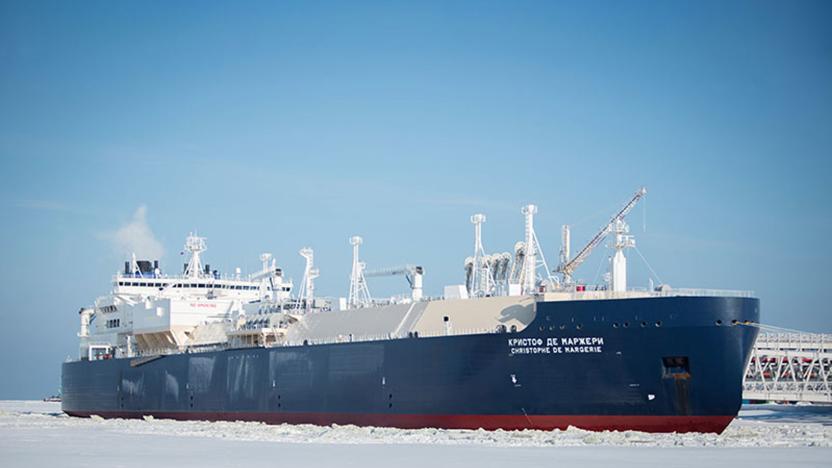
Tanker's speedy Arctic crossing is bad news for the planet
Normally, smashing a transportation record is something to celebrate. This time, however, it's not necessarily worth cheering. Sovcomflot's liquefied natural gas (LNG) tanker Christophe de Margerie has become the first merchant ship to cross the Northern Sea Route without an icebreaker clearing its path. The vessel, which can plow through ice up to 6.9 feet thick all by itself, completed the icy part of a trip from Norway to South Korea in a record-setting 6.5 days by keeping up speeds (an average of 14 knots) that would have been impractical with the usual escort. That's despite ice as thick as 3.9 feet. So what's so bad? Unfortunately, it's as much an indication of the effect of global warming as it is technological progress.

US Navy's drone 'swarmboats' show off pack tactics
While the US Navy's new state-of-the-art USS Zumwalt destroyer struggles to remain functional, the service branch's R&D department has been busy investigating cutting-edge tech at a much smaller scale. Back in October, the Office of Naval Research (OCR) demonstrated the harbor defense capabilities of a group of prototype small autonomous boats, aka "swarmbots," in Chesapeake Bay.
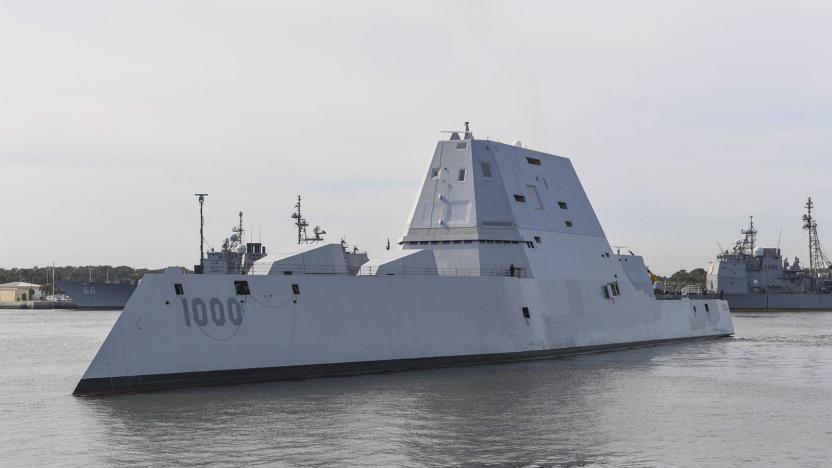
US' new stealth destroyer may finally have affordable ammo
To put it mildly, the US screwed up when it decided to carry on with its Zumwalt-class stealth destroyers when they depended on smart ammo the Navy couldn't afford. However, it might have a clever workaround. Officials speaking to USNI News say the Navy is looking at Raytheon's Excalibur, a GPS-guided artillery round, as a substitute for the custom LRLAP (Long Range Land Attack Projectile) shells the Zumwalt's main guns were designed to use. Excalibur has roughly half the range at about 30 miles, but it costs much less -- about a quarter of the $800,000-plus cost per round of LRLAP. It can also hit moving targets where LRLAP couldn't.
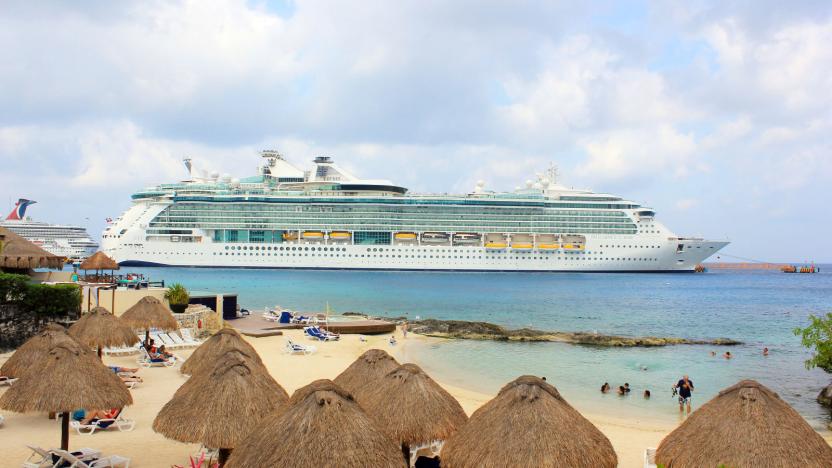
Royal Caribbean uses fuel cells to power cleaner cruise ships
It's not just ground-based transportation that could stand to benefit from clean-running fuel cells. Cruise ship operator Royal Caribbean has revealed that it's developing a new class of ship, the Icon, that will run on liquified natural gas fuel cells. The move would dramatically reduce the harmful emissions from the vessels (the company hints they'd output nothing more than water) without compromising on reliability or safety. Boats wouldn't be stuck if they have to dock somewhere which can't offer natural gas, either, as they could rely on distillate gas in a pinch.
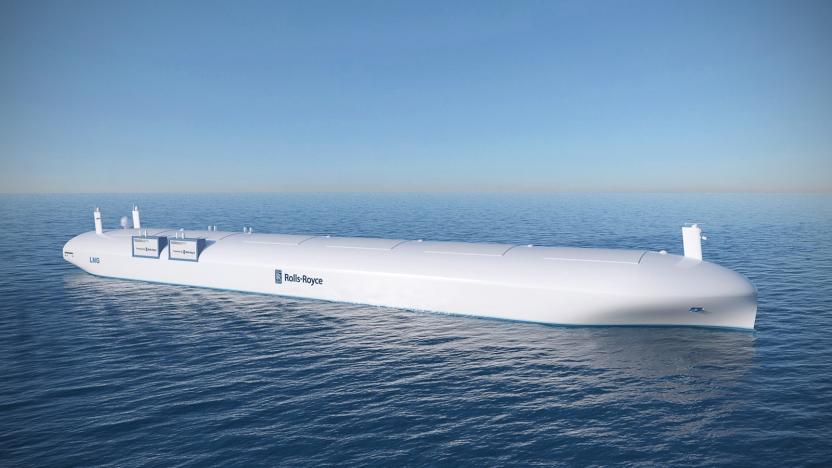
Rolls-Royce expects remote-controlled cargo ships by 2020
Rolls-Royce isn't limiting its robotic transportation plans to luxury cars. The British transportation firm has outlined a strategy for deploying remote-controlled and autonomous cargo vessels. It's working on virtual decks where land-based crews could control every aspect of a ship, complete with VR camera views and monitoring drones to spot issues that no human ever could. Accordingly, Rolls is designing boats where humans wouldn't have to come aboard. In theory, one human would steer several boats -- crew shortages would disappear overnight.

Russia debuts the largest ever nuclear icebreaker
Russian cargo ships understandably have to wade through a lot of ice, and the country plans to deal with that frozen water in style. It recently floated out the Arktika, which it bills as the "largest and most powerful" nuclear-powered icebreaker in the world. At nearly 569 feet long and 112 feet wide, the twin-reactor boat can carve a gigantic path through some of the sea's toughest obstacles -- it can cut through ice roughly 10 feet thick. It can haul about 36,000 short tons, and there's a helicopter to scout for any upcoming floes.

Pirates hacked a shipping firm to find boats to raid
Seaborne pirates just borrowed a page from their land-based counterparts. A Verizon security report has revealed that raiders hacked a shipping company's content management system to determine which ships were worth boarding, and where the valuable cargo was located. They not only knew when to launch a raid, but the exact crates they had to pry open -- they could get in, steal the cargo they want and leave without the risk of a days-long, Captain Philips-style hostage situation.





